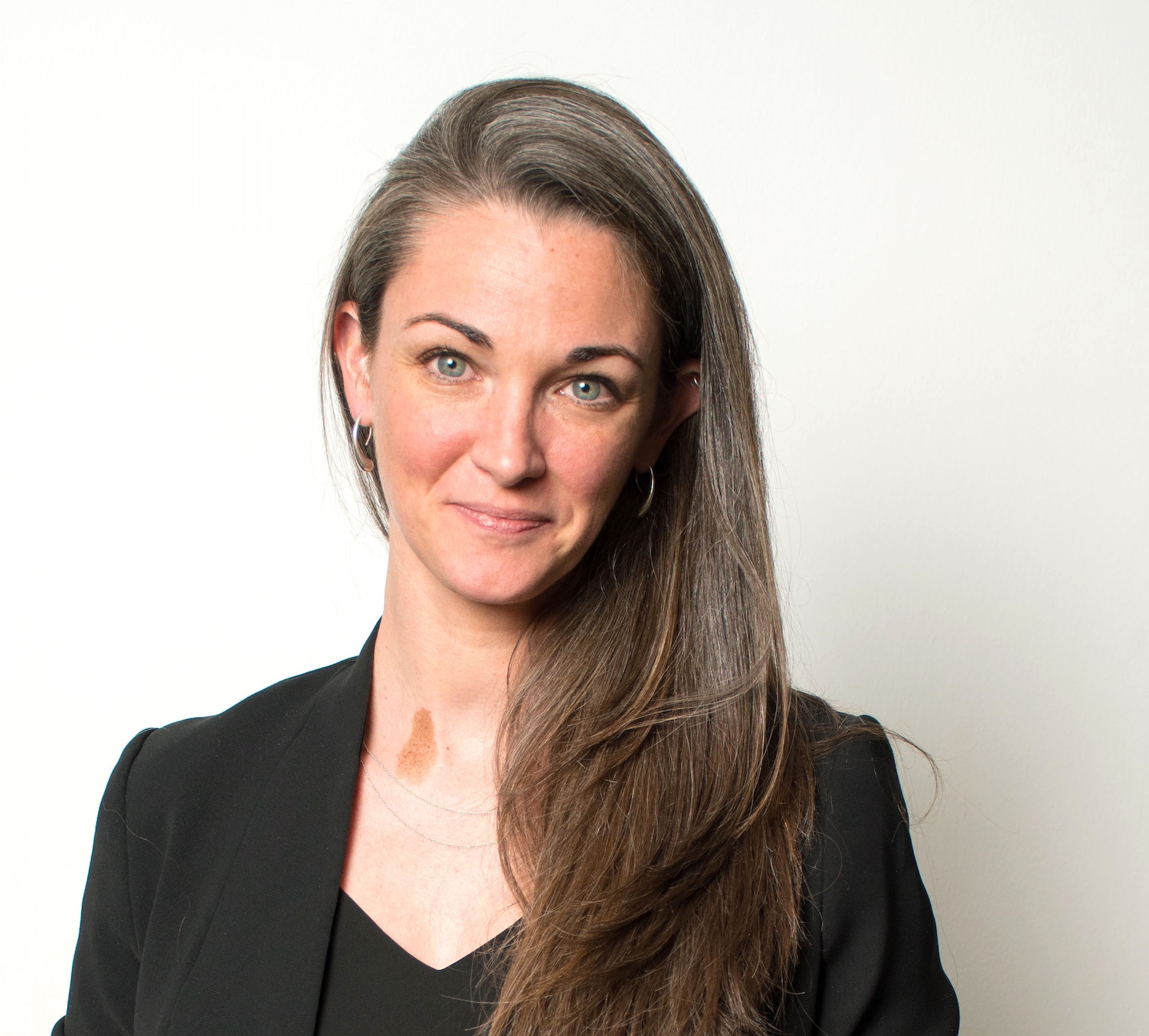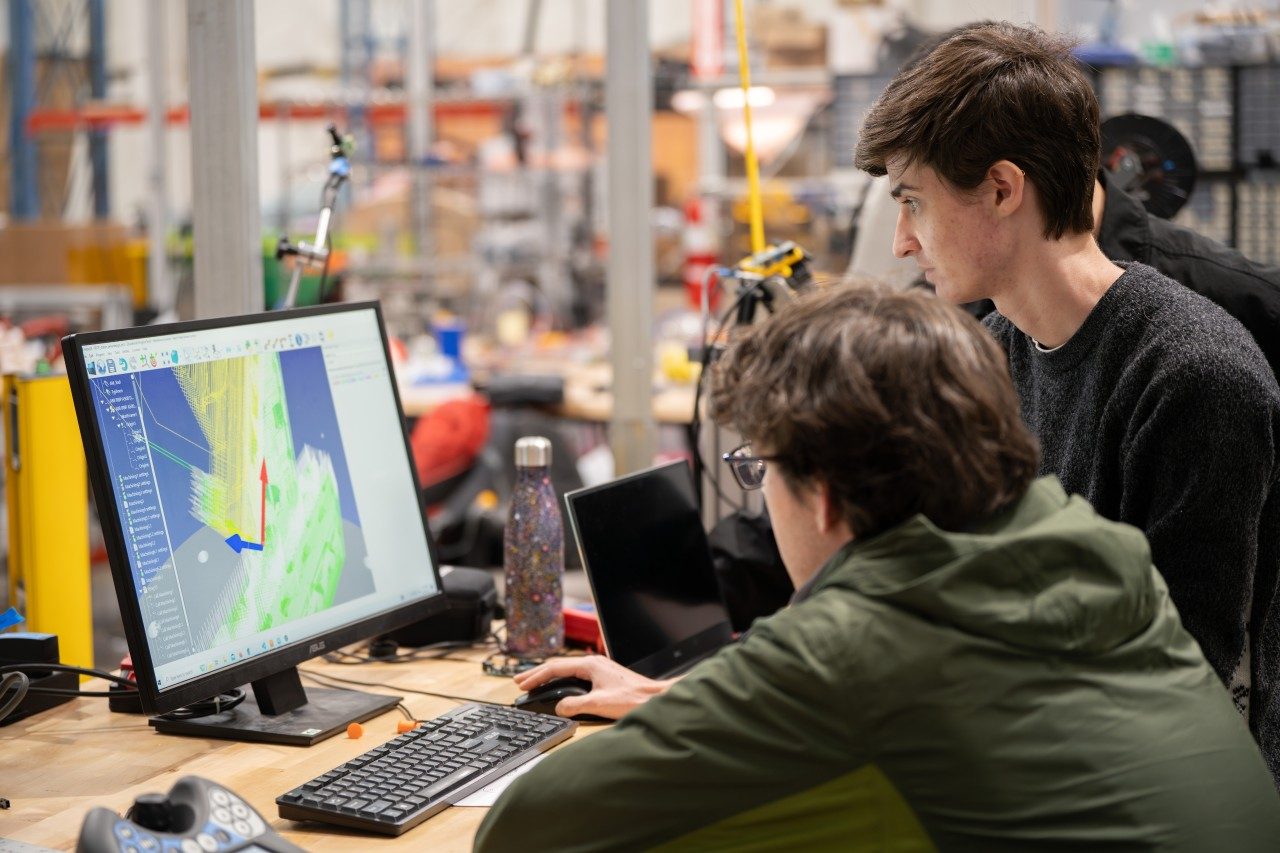The U.S. Faces a Persistent Gender Gap in EV Sales: Here's What Automakers Can Do About It


Former professional soccer player and gender equality activist Alex Scott in BMW's new Living with Electric campaign. (Image credit: BMW)
Global electric vehicle sales continue to break records, though the numbers are heavily dependent on regional differences. Sales increased by 22 percent so far this year for pure battery-electric vehicles, not counting hybrids, according to the energy transition data firm Rho Motion. Automakers also scored a new monthly record of 1.7 million EV sales in September, beating the previous peak of 1.55 million set in December 2023.
The record-breaking pace should help set aside doubts about the public’s willingness to invest in electric cars, at least on a global level, Charles Lester, data manager for Rho Motion, observed in an analysis published this week. However, he cautions that “the regional disparities are astonishing.” According to the firm's data, China alone accounted for more than half of global EV sales, while several European nations saw sales drop over recent years.
For the purposes of decarbonizing the global economy, the real question is how to re-boost momentum and accelerate the pace of electrification. That's unlikely to happen in the U.S. and other parts of the world until automakers finally close a stubbornly high gender gap.
The gender gap in U.S. electric vehicle sales
EV sales grew by a combined 10 percent in the U.S. and Canada this year, according to Rho Motion, which disappointed advocates who hoped for stronger growth. By way of comparison, 2013 EV sales nearly doubled over the previous year.
Auto industry observers often mention affordability when discussing why U.S. drivers are not rushing to buy electric vehicles. Access to a convenient, reliable network of public charging stations also frequently comes up.
To the extent that both of these factors have an outsized impact on female heads of household, it is surprising that fewer analysts mention gender in relation to EV sales. Nevertheless, gender makes a big difference.
Women purchased just 33 percent of the electric vehicles sold in the U.S. in the first six months of 2023, according to a frequently cited survey from the automotive sales company Edmunds. In contrast, women accounted for 41 percent of all U.S. auto sales during that time.
“Women could represent a key target demographic for automakers that haven’t put all of their eggs in the fully electric basket and are looking for a stepping stone before committing,” Edmunds noted.
Affordability is not the only factor
If affordability is responsible for the EV sales gender gap, that factor could fade in the near future. Goldman Sachs, for example, anticipates that a sharp drop in the cost of EV batteries will reduce the up-front cost of an electric car to parity with conventional cars by 2026. Depending on the cost of insurance and other circumstances, EVs can also provide a lifetime cost-of-ownership advantage. Maintenance costs are lower for EVs, and recharging a battery is less expensive than buying gas.
Still, women who are concerned about safety at public charging stations could remain reluctant to buy EVs. The national network of public stations is still in the early phases of buildout. Breakdowns and connectivity issues are frequent, and drivers can’t assume that a human attendant will be on site to help in an emergency.
With single women now accounting for more home ownership than single men, one solution is to make installing a home EV charging station as affordable and guesswork-free as possible.
Ford is among the automakers pursuing that path. In September, the company launched the Power Promise program aimed at incentivizing new electric vehicle buyers to install a home charging station. Homeowners also save money on home charging compared to using public stations, especially if their utility offers lower electricity rates for off-peak charging.
Similarly, the GM Energy branch of General Motors introduced the new Power Bank home energy storage system. Among other uses, homeowners can deploy the Power Bank to store extra electricity during off-peak hours when rates are low, and use it to recharge their EV as needed.
Help is on the way for renters, too
Overcoming the rental barrier is a much thornier problem. By and large, landlords have no motive to install expensive new electrical infrastructure, and tenants have no incentive to invest their own money in someone else’s property.
Still, 31 percent of U.S. households live in apartment buildings and other multi-family dwellings. Women renters, especially women of color, also experience more burdensome housing costs, further impeding any inclination to spend money on a charging station.
The U.S. startup 3V Infrastructure is among the charging station stakeholders spotting some low-hanging fruit in the rental area. The company plans to install Level 2 charging stations at buildings with 20 or more units, including hotels and other long-stay facilities as well as residential dwellings, with no up-front cost to the property owner or tenant. The charging stations also do not require property managers or superintendents to take on new responsibilities, as 3V takes care of ongoing operation, maintenance and repair costs.
Making public EV charging stations better
Making home EV charging more accessible to renters and homeowners is a good start. However, if automakers want to step up the pace of electric vehicle sales, they still need to provide the security of a safe, reliable public charging station network.
The initial approach to public charging was characterized by a bleak, featureless, charge-and-go approach. More recently, eight automakers — BMW, General Motors, Honda, Hyundai, Mercedes-Benz, Kia, Stellantis and Toyota — formed a joint venture called IONNA, aimed at populating the U.S. with purpose-built charging centers that offer the amenities of a modern roadside stop, including food and beverages, bathrooms, and comfortable lounge-style seating areas.
These improvements benefit everyone. But programs and messaging focused specifically on women could go further to help automakers close the EV sales gender gap. For example, last month BMW engaged the former professional soccer star and gender equality activist Alex Scott to lead the Living with Electric campaign focused on both home and public EV charging.
While the campaign features the new BMW iX2 crossover SUV, which is not available in the U.S., it offers a good model for U.S. automakers to follow if they are serious about making electric vehicles more appealing to women.





























